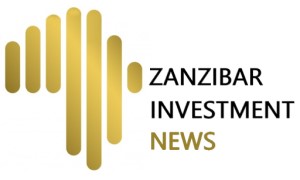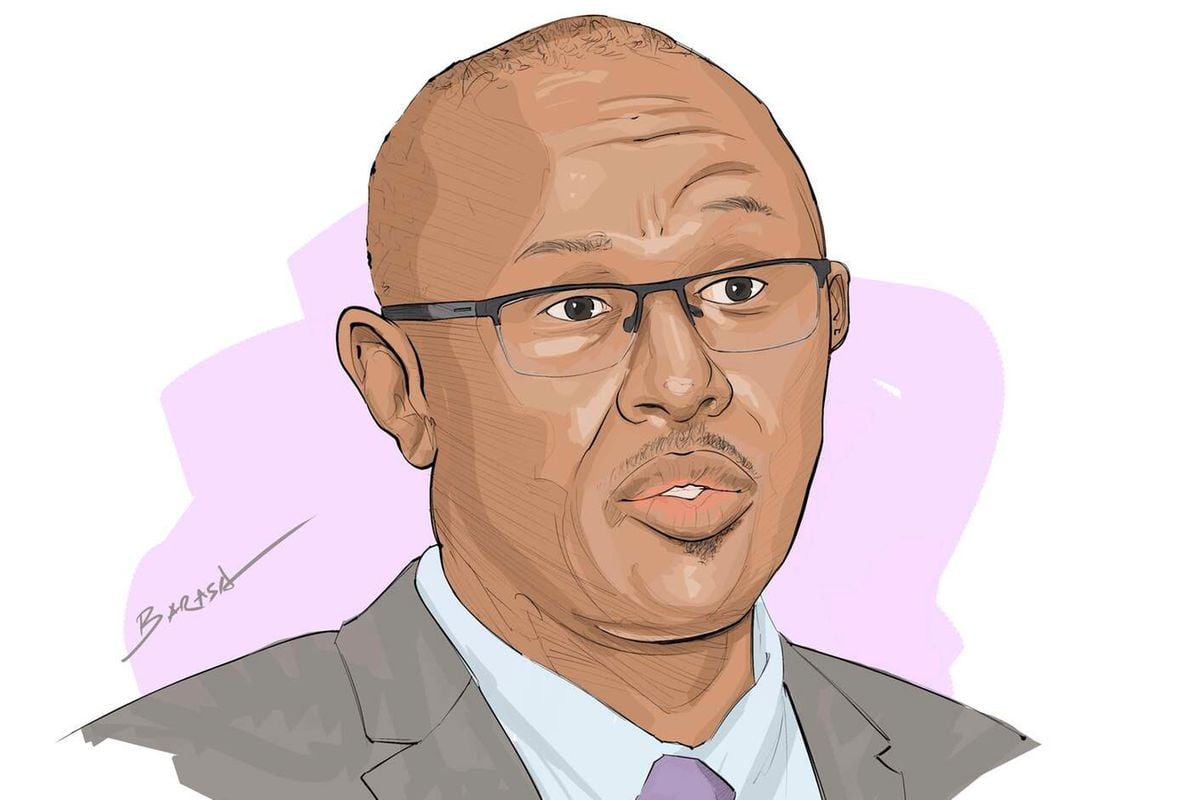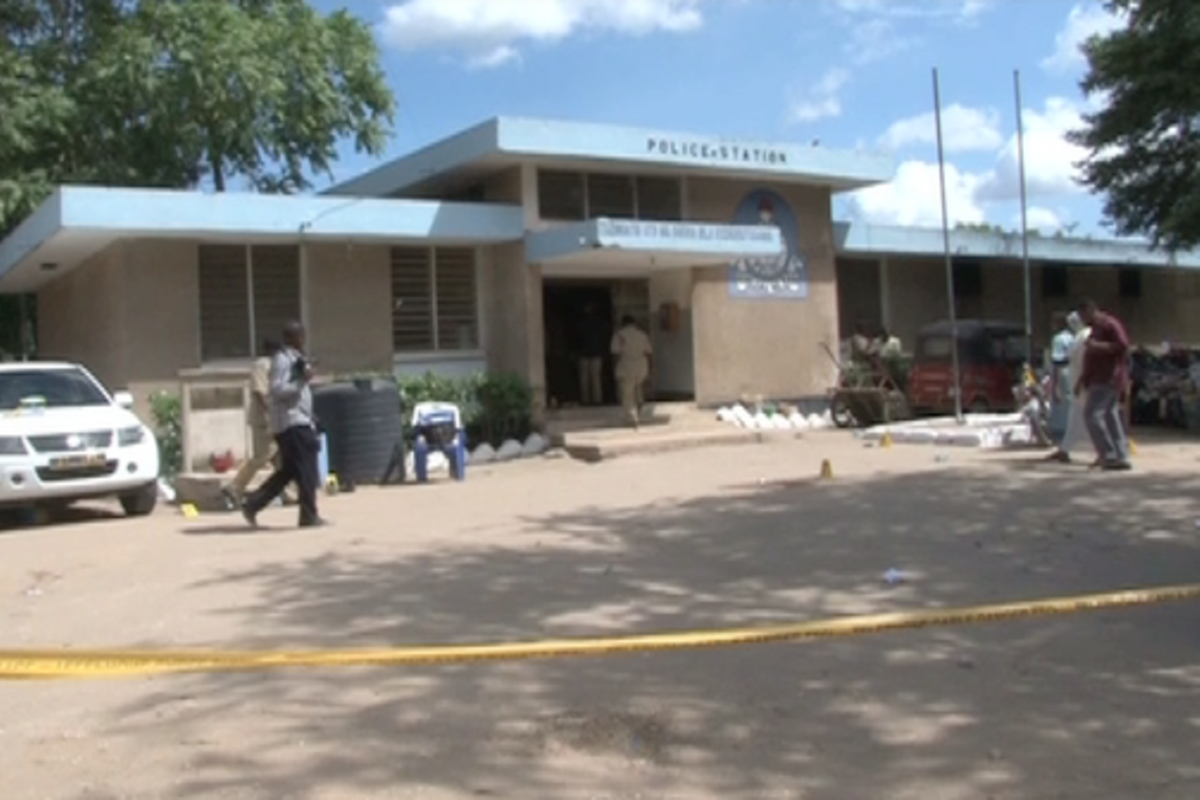The Sacco Societies Regulatory Authority (Sasra) recently published its annual supervision report on operations of 357 deposit-taking and large non-withdrawable deposit-taking saccos.
Sasra chief executive Peter Njuguna spoke to the Business Daily on the state of the industry, including steps being taken to address sticky pain points such as loss of deposits, governance lapses, non-remittances and continued lack of insurance for deposits.
The loan book continues to open a gap with savings. To what extent is this a concern given that the deposits serve as collateral?
A loan to deposit (LTD) ratio exceeding 100 percent in the Sacco industry is inherent in the Kenya Sacco business model where most members save to improve their borrowing ability while also earning a return on the deposits. Hence, it is not a new phenomenon.
This is the reason the authority has proposed policy and legal amendments to effect the deposit guarantee fund and facilitate shared services amongst saccos to enhance savings mobilisation capabilities with safety as a central proposition.
Secondly, while deposits form the bulk of loan collateral, saccos have increasingly expanded collateral choices including registrable properties such as motor vehicles, land and buildings.
Thirdly, in lending, high consideration is placed on repayment ability hence the reason that non-performing loans ratio (NPLs) has remained below 10 percent in spite of the difficult economic situation.
Fourthly, loan contracts are member-centric hence LTD ratio would not be an appropriate indicator for quality of loan security in a financial institution.
Finally, the capital reserves form part of the loanable funds depending on the asset structure and policies of a Sacco and this explains why the external borrowing as a source of funding loans has remained at about three percent on average. Therefore, when deposits and reserves are put together it exceeds the loan at over 112 percent ratio.
The supervision report shows the number of dormant members in saccos continues to rise and its share in total membership crossed 20 percent last year. What is driving this trend?
Dormant members as a proportion of total members hit a peak of 25 percent during [the first year of Covid-19 in 2020 and it has averaged 20 percent since then, reaching 21 percent in 2023.
This in our view is due to the nature of the economic situation where Sacco members are unable to sustain monthly or regular savings with the Sacco due to diminished household incomes and sustained high cost of living.
This is evident from the sustained high proportion of loans to members for education and consumption financing over the last three years. These are social sectors that in practice should be funded from household earnings and not borrowed funds.
What can saccos do to ensure they rally members to continue saving so as to narrow the gap between savings and loan book?
The traditional Sacco business model is that the value proposition is partly based on borrowing as a multiple of non-withdrawable deposits and the return on deposits in the Sacco.
This has the unintended consequences of permanently having an LTD ratio greater than 100 percent as saccos have increased loan amounts to multiple of five to retain members as the liquidity rises.
In itself, this is good from a financial intermediation viewpoint since it addresses the challenge of access to credit to households and micro-small and medium sized enterprises in the economy. But it is a concern from a financial stability viewpoint.
Saccos have invested heavily in payment solutions to make it convenient and efficient in cashing in and out; and thus enhancing deposit mobilising capabilities.
On the policy front, we have made proposals to address the safety concerns through operationalisation of the deposit guarantee fund and a structured management of liquidity in the Sacco industry akin to what happens in other deposit taking institutions world-wide.
Several saccos under Sasra supervision have hit members with loss of deposits mainly due to weaknesses in management. What is Sasra doing to improve the governance of saccos?
SASRA mandate places good governance of saccos at the centre of its work. This is the reason that Sasra, beyond its administrative role, has powers to remove officers from office; and has collaborated with other agencies like Directorate of Criminal Investigations to take up suspected criminal offenses for investigation and prosecution.
This is important in affirming that there are consequences for bad governance in saccos. In addition, Sasra has continued to issue guidelines on good governance practices and has put before Parliament amendments to strengthen the criteria for determining the suitability of officers in Saccos.
Moreover, saccos employ a unique business and ownership model, where members are indeed the owners of the saccos and equally the customers who trade with their entity.
Their role in entrenching good governance should therefore be strengthened through appropriate education initiatives and active participation in the governance processes, which Sasra is facilitating, together with other national cooperative organisations.
Sasra has been planning on introducing a deposit insurance fund just as is the case with banks. Why is this taking so long? What is the latest on this plan?
DGF is a major pillar in enhancing financial stability of the Sacco industry and the proposed amendments to the Sacco Societies Act to enable its operationalisation are under consideration in the office of the Cabinet secretary.
This is a priority policy agenda of the government, and we expect that it will be concluded in this fiscal year.
The issue of non-remittances continues to hurt members. What is Sasra doing about it? How can this be made punishable?
The non-remittance challenge has persisted to the detriment of the affected saccos. While Cooperative Societies Act (Section 35) provides a legal mechanism on non-remittances; it is certainly not adequate.
Sasra is encouraging saccos to look at this as a business strategy where members remit directly through the front office services activity (Fosa), or direct debit as opposed to having the employer act as a collecting agent.
This calls for saccos to invest in appropriate capacity in payments processing and member education as non-remittance is becoming an existential threat to some saccos.















